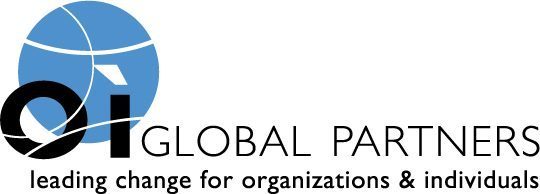It is important that you always have an updated résumé. You may never know when you’ll need it. But also, it can provide an opportunity to review your progress and create an occasion to think about the way you work.
 However, professional service firms and corporations are inundated with hundreds of résumés on a regular basis. Therefore it is important that a résumé create a strong, clear impression at first glance. It has been estimated that each résumé receives only 20 to 30 seconds of scrutiny when received! Your value as a potential candidate must be very clear from a cursory glance.
However, professional service firms and corporations are inundated with hundreds of résumés on a regular basis. Therefore it is important that a résumé create a strong, clear impression at first glance. It has been estimated that each résumé receives only 20 to 30 seconds of scrutiny when received! Your value as a potential candidate must be very clear from a cursory glance.
Here are 10 tips for creating a standout résumé:
- There are two common types of résumés: the chronological and the functional. I strongly advise career transition coaching candidates to follow the chronological format, as it offers professionals the clearest opportunity to present their experience and accomplishments. Quite frankly, the functional format may be viewed somewhat suspiciously by human resources and hiring partners, as it is often used to bridge prior gaps in employment.
- A well-conceived and well-written résumé represents a truthful setting forth of your accomplishments and your professional value proposition. The key word here is truthful. No fiction, just the verifiable facts.
- Given the 30-second rule, I strongly suggest that every résumé contain a brief (three- or four-sentence) overview at the top. Think of it as a thumbnail positioning or branding statement. This “qualification statement” will quickly position your accomplishments and expertise, which will enhance your chances of surviving the 30-second scan.
- Accomplishments are much more important than your responsibilities. For example, which sounds more impressive: enumerating the fact that one “…was responsible for drafting a discovery motion…” or that you “…successfully argued a discovery motion… that convinced the DOJ to abandon…”?
- Using action verbs will vitalize the active voice and give more energy to one’s accomplishments. It also helps define your core value.Remember that the purpose of the résumé is to survive initial scrutiny and get you invited to a face-to-face interview.
- I strongly urge that articles (a, an, the…) and speaking in the first-person (I, me, my…) be avoided. Doing so sharpens the focus of the document and argues more powerfully on your behalf as an accomplished professional.
- When we write a résumé for career transition clients, we utilize the formula “S”, “A”, “R”, which is an acronym for Situation, Actions and Results. Virtually every accomplishment can be expressed using this approach and helps to better express outcomes.
- Along those same lines, quantify results as much as possible. For example, include accomplishment statements like:
Saved clients more than $10 million in legal fees and minimized the probability of fee write offs for the firm.
The language is spare and focused and the “$” sign will capture the eye of any reader who quickly scans the résumé. - Do not neglect to scan all of your social networking sites (LinkedIn, Plaxo, Facebook, and Twitter) to ensure that they do not contain any potentially embarrassing material and that they are harmonized with your résumé. Employers increasingly search the Internet to locate information about potential candidates.
- Proofread – Proofread – Proofread. Check both your résumé as well as your transmittal letters. Always look over your work before sending it out.
Remember that the résumé is not the sole key component of a successful job search. You must also master solid networking, interviewing and campaign management skills to underpin a successful search. The great résumé will only make you a candidate for an interview – the rest is up to you!
Share this post:

Comments are closed